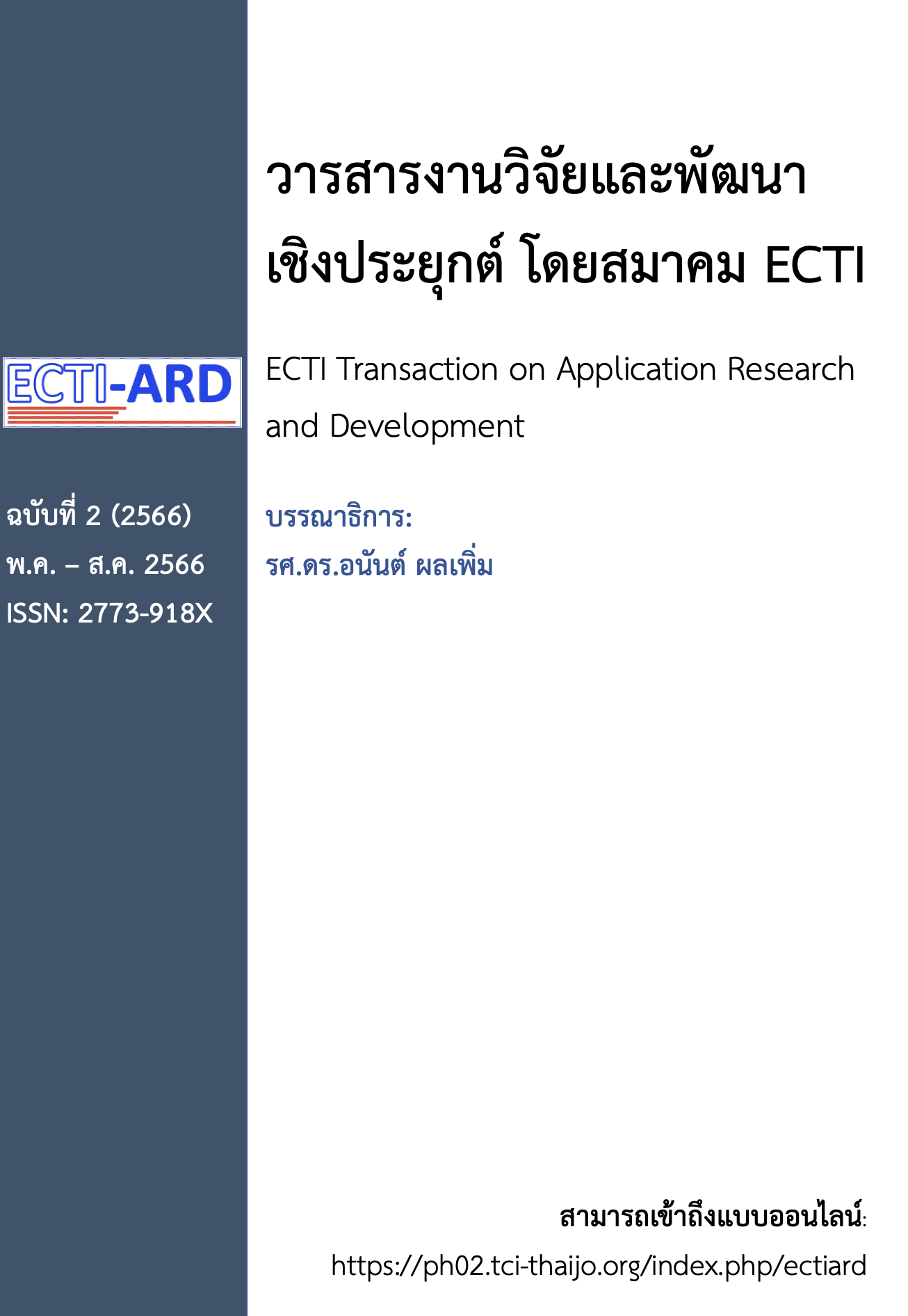The optimal course bidding strategy under limited resource constraint using genetic algorithm
Main Article Content
บทคัดย่อ
In a course bidding system, there are more students than the number of available seats for a course. To enroll a course, students have to bid using their tokens and the system will fill up the available seats with the top bidders. Since the students have limit tokens, they have to allocate their tokens wisely. In this paper, we apply a genetic algorithm to search for the best way to allocate the tokens such that it maximizes the probability of successful enrollment. To estimate the probability, we train a logistic regression on the course registration data and the model achieves 77.11% accuracy. By using the synthesized dataset, we compare the effectiveness of tokens suggested by the genetic algorithm and other approaches such as heuristics and excel build-in solver. The result shows that 69 out of 78 students have a higher average probability of successful enrollment when using the tokens suggested by the genetic algorithm.
Article Details

อนุญาตภายใต้เงื่อนไข Creative Commons Attribution-NonCommercial-NoDerivatives 4.0 International License.
เอกสารอ้างอิง
Graves, Robert L., Linus Schrage, and Jayaram Sankaran, “An auction method for course registration,” INFORM JOURNAL ON APPLIED ANALYTICSI., Vol. 23 (5), pp. 8192, 1993.
Sonmez, Tayfun Oguz and Ünver, M. Utku. “Course Bidding at Business Schools” Boston College Working Papers in Economics, Boston College, Department of Economics. 2005.
J. Chonbadee, P. Krerk and C. Prabhas, “Token allocation for course bidding with machine learning method”. 18th International Conference on Electrical Engineering/Electronics, Computer, Telecommunications and Information Technology (ECTI-CON). 19-22 May. Chiang-Mai Thailand : 1168-1171, 2021.
L. Suraphan and C. Prabhas, “Quantum Neural Network model for Token allocation for Course Bidding”. 25th International Computer Science and Engineering Conference (ICSEC). 18-20 November. Chiang-Rai Thailand : 273–276, 2021.
Mitchell, Melanie, An Introduction to Genetic Algorithms. Cambridge. MA: MIT Press, 1996.
Jason Brownlee. (15 March 2023). Simple Genetic Algorithm From Scratch in Python [Online] Available: https://machinelearningmastery.com/simple-genetic-algorithm-from-scratch-in-python/”
Azadeh, A., Ghaderi, S. F., Pourvalikhan Nokhandan, B., & Sheikhalishahi, M., “A new genetic algorithm approach for optimizing bidding strategy viewpoint of profit maximization of a generation company,” Expert Systems with Applications., Vol. 39 (1), pp. 1565–1574, 2012.
Mathur, S.P.S., Arya, A., Dubey, M., “Optimal bidding strategy for price takers and customers in a competitive electricity market,” Cogent Engineering., Vol. 4 (1) pp. 1-15, 2017
Y. Liu, H. Ming, X. Luo, L. Hu and Y. Sun., “Timetabling optimization of classrooms and self-study rooms in university teaching buildings based on the building controls virtual test bed platform considering energy efficiency,” Building Simulation., Vol. 16, pp. 263-277, 2023.
Xu, J., “Improved Genetic Algorithm to Solve the Scheduling Problem of College English Courses,” Complexity., pp. 1-11, 2021.
Wang, Y.-Z. Wang., “Using genetic algorithm methods to solve course scheduling problems,” Expert Systems with Applications., Vol. 25 (1), pp. 39-50, 2003.
Arias-Osorio, J., & Mora-Esquivel, A., “A solution to the university course timetabling problem using a hybrid method based on genetic algorithms,”, DYNA., Vol. 87 (215), pp. 47–56, 2020.
Christopher M. Bishop, Pattern Recognition and Machine Learning, Singapore, 2006, pp. 205—206.
S. Raschka, Python machine learning. 1st ed., Birmingham, UK: Packt Publishing Ltd, 2015.
Srinaul P., Applying mathematical programming for resource allocation problem to reduce production planning time. Thammasat University, 2016.
Homsap K., Applications of linear programming for materials planning in small-medium furniture business. Thammasat University, 2017.
Frontline Systems. (1 February 2023). Excel solver – GRG nonlinear solving method stopping conditions [Online] Available: https://www.solver.com


